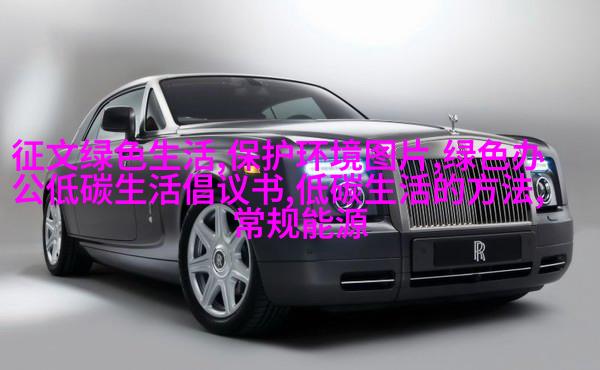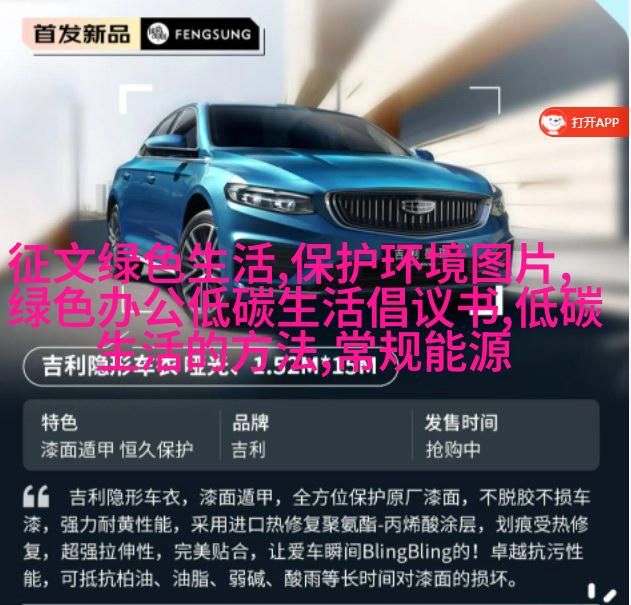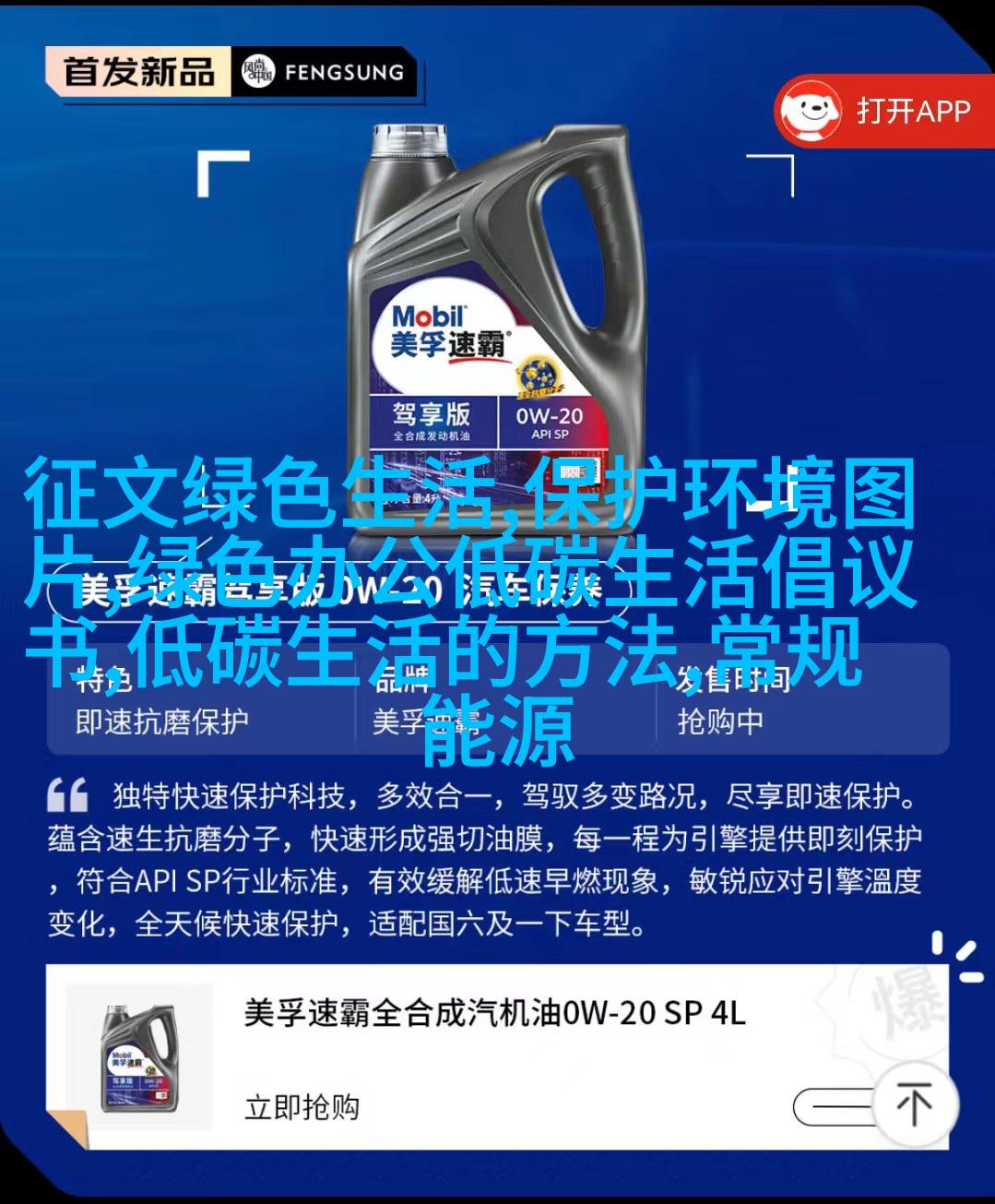上海出台新方案2017年建成区黑臭水体要干净整洁到让人笑口常开
上海出台新方案,建成区2017年基本消除黑臭水体

本报记者蔡新华 见习记者刘静上海报道 上海市近日印发《上海市水污染防治行动计划实施方案》(以下简称《方案》),明确到2017年,建成区基本消除黑臭水体,全市丧失使用功能(劣于Ⅴ类)的水体断面比例(按国家考核断面计)不超过15%,水质优良率(国家考核断面达到或优于Ⅲ类)比例达到40%;到2020年,全市集中式饮用水水源地水质达到或优于Ⅲ类的数量比例高于75%,原水供应总量的90%以上达到water quality (III)水平,全市基本消除黑臭water body,基本消除丧失使用功能的water body,water quality good rate proportion enhancement to 45%;to 2030 year, all city centralized drinking water source water quality reach or exceed III class, surface water water quality basically meet the functional area requirements; to 2040 year, all city surface water water quality meet functional area requirements and basic restore the ecosystem function of waterside system.
保障饮用water safety major task

Shanghai municipal environmental protection bureau related personnel indicate that “Plan” will perfect layout construction of source areas for drinking-water supply, safeguarding drinking-water safety as a major emphasis.
For this purpose, Shanghai shall complete construction of Jingze Reservoir in upper reaches of Huangpu River and relevant supporting projects; actively conduct river basin joint defense and control; accelerate promotion of Taipu River clear flow corridor construction; deepen research on Chenhang-Yangzhuangshadao multi-reservoir coordinated operation project; perfect multi-source linked original-water system layout; strengthen risk management at source areas for drinking-water supply; complete demarcation of protected zones around new-built sources for drinking-water supply, fully eliminate secondary sources with risks from enterprises within the scope.

In addition to strengthening control over pollution from livestock breeding industry by implementing total quantity control on animal husbandry production capacity and preventing agricultural pollution entirely.
To further intensify efforts in phasing out outdated capacities: reduce environmental pollution hazards from four major processing industries such as electroplating, heat treatment, forging & casting by half compared with their number in 2010 by end-2020. In chemical manufacturing industry etc., push forward clean-up transformation. Meanwhile promote optimization of industrial distribution: continuously relocate existing industrial enterprises towards designated industrial parks while giving priority to eliminating polluting industries within protected zones around sources for drinking-water supply before adjusting other enterprises producing hazardous chemicals outside these parks.

The plan requires strengthening river restoration work: launch comprehensive renovation and small-scale riverside stream improvement works aiming at gradually eliminating fifth-class polluted waters within built-up districts by end-2021. The overall goal is set forth that no more than 15% proportionate loss usage functionality (fifth-grade) should be present among all monitored sections nationwide until the end-year period in question based on data compiled according to national standards while achieving a minimum standard level III rating ratio amounting up-to approximately forty percent across nation-wide monitoring points belonging under category II wherein it can be said so long as they achieve ratings reaching or surpassing category III standards respectively with specific timeframes fixed till year-end periods marked through numbers ranging between twenty-twenty-forty years counting back starting right after today’s calendar date we’re living now known as Twenty-Twenty-Five Year Marked Timeframe thus far marking thirty-five years since inception!